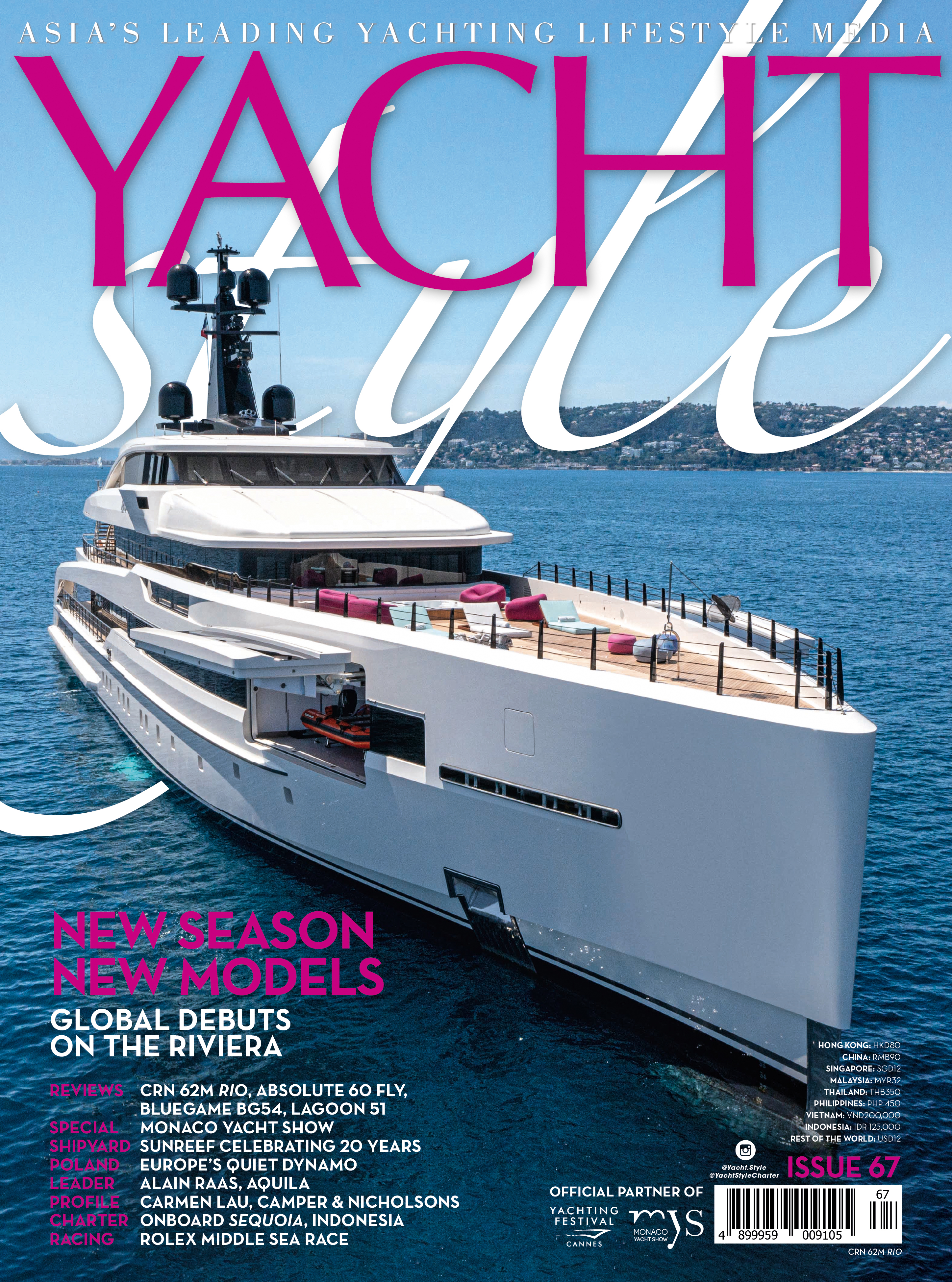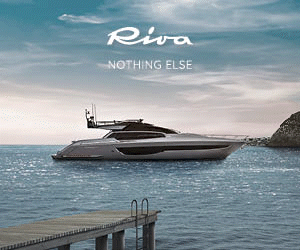Behzad Saberi on the Gulf superyacht market
SHARE
- March 15, 2023
- 11:33 pm
Dubai-based Saberi is founder and CEO of MBC Yachts and a Senior Sales Advisor for Camper & Nicholsons Middle East, with over 15 years of experience across management, charter and new builds.
In your experience, what have been the highs and lows of the superyacht market in the Gulf?
The superyacht market has witnessed its fair share of ups and downs over the years and today we’re witnessing the golden years of yachting in the region. The mid-2000s saw a huge peak in demand as the Gulf, particularly the UAE, experienced significant economic growth due to the oil boom and diversification efforts, leading to a rise in the number of ultra-high-net-worth (UHNW) individuals in the region.
The Gulf became a popular hub for yacht tourism, with Dubai and other cities in the region investing heavily in marina infrastructure and services to attract wealthy visitors and globetrotters. This boosted local demand for superyachts. In 2008, more than 200 vessels attended the Dubai International Boat Show, while the Abu Dhabi Grand Prix was held for the first time in 2009 and this really boosted the yachting industry.
However, around that time, the global financial crisis led to a decline in the number of new yachts being commissioned and a decrease in the number of yacht charters. In fact, some buyers were forced to sell their yachts due to financial troubles. Eventually new yachts again came to the market and more superyachts cruising around the world visited the UAE.
Three years into the Covid era, what is the Gulf superyacht market like now and how do you believe it will develop in the coming years?
Covid-19 has had a significant impact, with many owners choosing to postpone their yacht purchases or sales. With many countries imposing travel restrictions, the number of tourists visiting the Gulf decreased significantly. This had a direct impact on the yachting industry, as many people who rent or charter yachts are tourists.
Many yachting events, such as regattas and boat shows, were cancelled or postponed due to the pandemic. These events often attract a lot of visitors and generate significant revenue for the industry. The pandemic also had an impact on the sales of new and used yachts, as people were less likely to make large purchases due to economic uncertainty.
However, post-pandemic recovery was swift, and the market saw a sharp upward trend. In recent months, the market has shown significant signs of recovery, with increased interest from potential UHNW buyers and successful young entrepreneurs. Research shows some buyers sought out yachts to escape the pandemic and travel restrictions.
This upward trend can be seen in financing enquiries for superyachts, new yacht builds and purchase, as well as the number of superyachts available now in the region, as many are here for the first time.
What are the most important design features and options for superyacht owners in the Gulf?
Superyachts in the Gulf are expected to offer the ultimate luxury and comfort for their owners and guests, and include spacious cabins, luxurious furnishings, and amenities such as gyms, spas and movie theatres.
Owners want their superyachts to be fast, agile and able to handle the rough waters of the region, so they need to be equipped with powerful engines and advanced navigation systems. As the safety and security of the owner, guests and crew are of utmost importance, superyachts are fitted with the latest security systems including CCTV, alarms and anti-piracy measures.
Now, with a growing concern for the environment, owners are increasingly opting for eco-friendly designs, which includes the use of sustainable materials, energy-efficient systems, and waste-management solutions. Yet given the hot, humid climate, air-conditioning is a crucial feature. Owners often opt for powerful, efficient AC systems to stay comfortable even in the hottest months.
In fact, many Gulf owners want their superyachts to be unique and reflective of their personal style, which means they often opt for custom-built yachts tailored to their specific preferences.
Overall, the design features and technical options are tailored to the specific preferences of UHNW individuals in the region, with a focus on luxury, comfort and performance in a challenging environment.
Which countries are your core markets and which other countries do you think will grow significantly as superyacht markets in the coming years?
The UAE is currently the region’s most established market for superyachts, with Dubai and Abu Dhabi as key hubs. Much of this is due to UAE’s strategic location, tax-free business environment, and its world-class infrastructure including modern marinas, shipyards and world-leading service providers.
Year-round events and boat shows attract buyers and industry professionals from around the world. Saudi Arabia, Kuwait, Qatar and Oman are other Gulf countries expected to grow significantly as yacht markets in the coming years.
These countries have seen a rise in the number of millionaires and billionaires, which has led to an increase in demand for luxury yachts. Additionally, the governments of these countries have invested heavily in developing marinas and yacht infrastructure to attract HNW individuals and yachting companies.
Outside of the Gulf, emerging markets in the Middle East and North Africa include Egypt, Lebanon and Morocco. These countries have seen some growth in the yachting industry, driven by their proximity to the Mediterranean and growing interest in luxury tourism. However, these markets are still relatively small compared to the established Gulf countries.
























